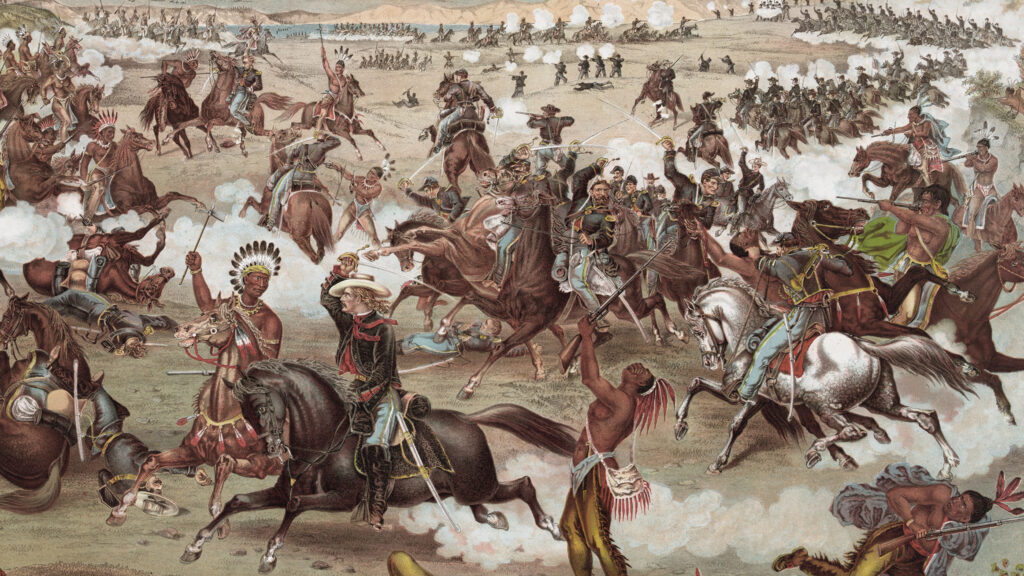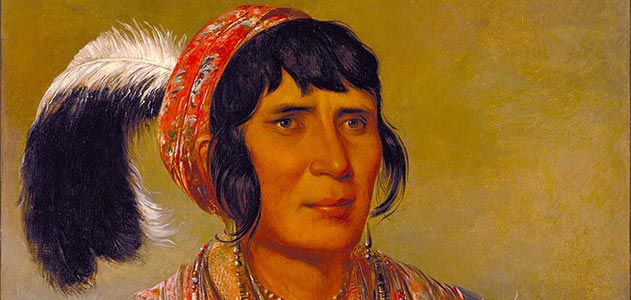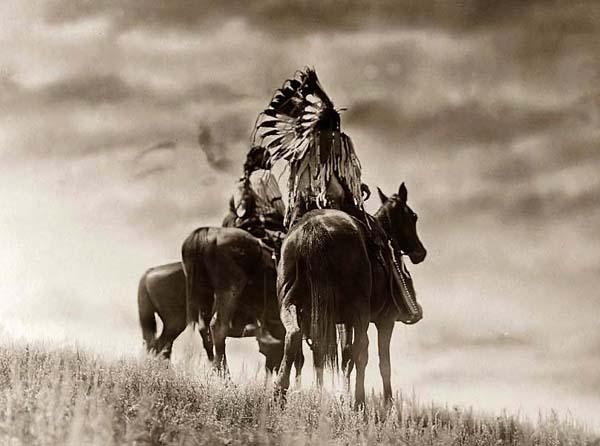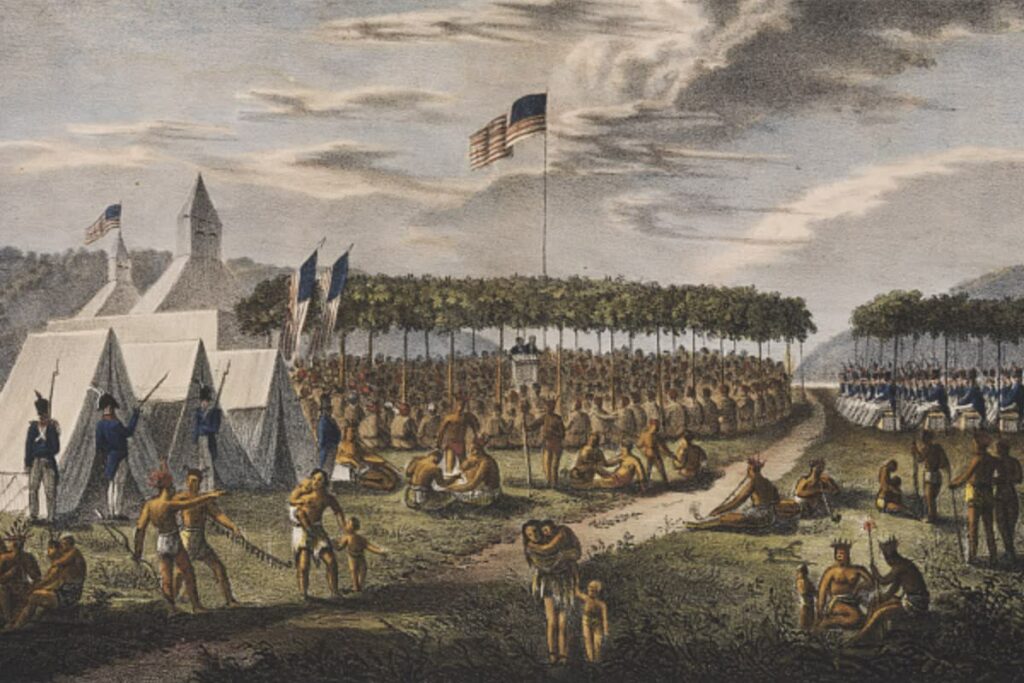About Publications Library Archives
cthl.org

Preserving American Heritage & History

Preserving American Heritage & History

Which Have Impelled Them to Unite Their Fortunes With Those of the Confederate States of America When circumstances beyond their control compel one people to sever the ties which have long existed between them and another state or confederacy and to contract new alliances and…

The Battle of Little Big Horn: The Prelude to Disaster It is hard to say how many years ago the Dakota Indians of the Northern Mississippi River began to spill over the Chief Red Cloud Missouri in search of game, and…

Seminole Indians, a tribe of Florida Indians, made up of two bands of the Creeks, who withdrew from the main body in 1750, and remnants of tribes who had come in contact with the Spaniards. The Seminoles were hostile to the Americans during the Revolutionary War and afterwards. The…

Creek Indians, members of a noted confederacy whose domain extended from the Atlantic westward to the high lands which separate the waters of the Alabama and Tombigbee rivers, including a greater portion of the States of Alabama and Georgia and the whole of Florida. It was with…

Cheyenne Indians, one of the most westerly tribes of the Algonquian nation. They were seated on the Cheyenne, a branch of the Red River of the North. Driven by the Sioux, they retreated beyond the Missouri. Near the close of the eighteenth century they were driven to…

The name commonly applied to the people found by Columbus in America; by many authorities believed to have been the original native inhabitants. The politically correct term today is “Native American”.